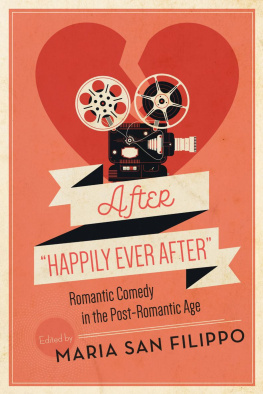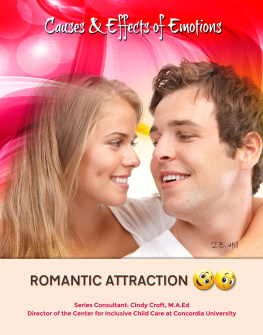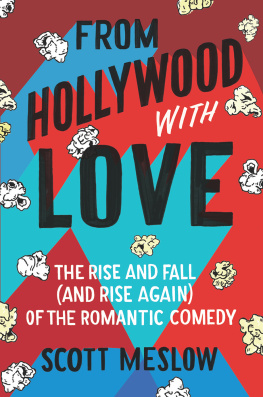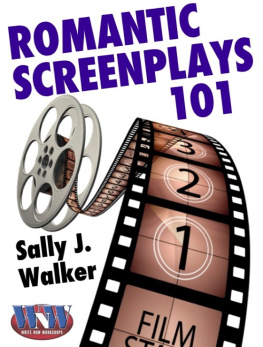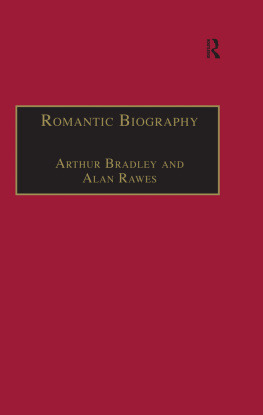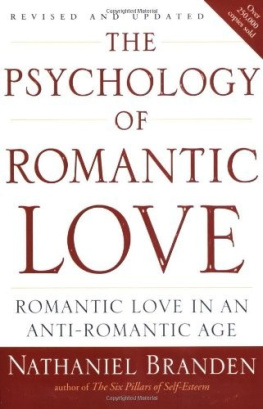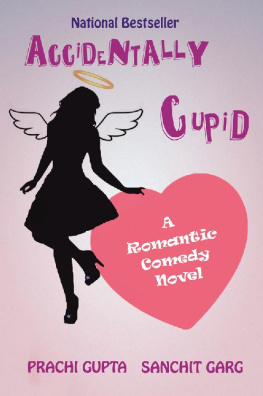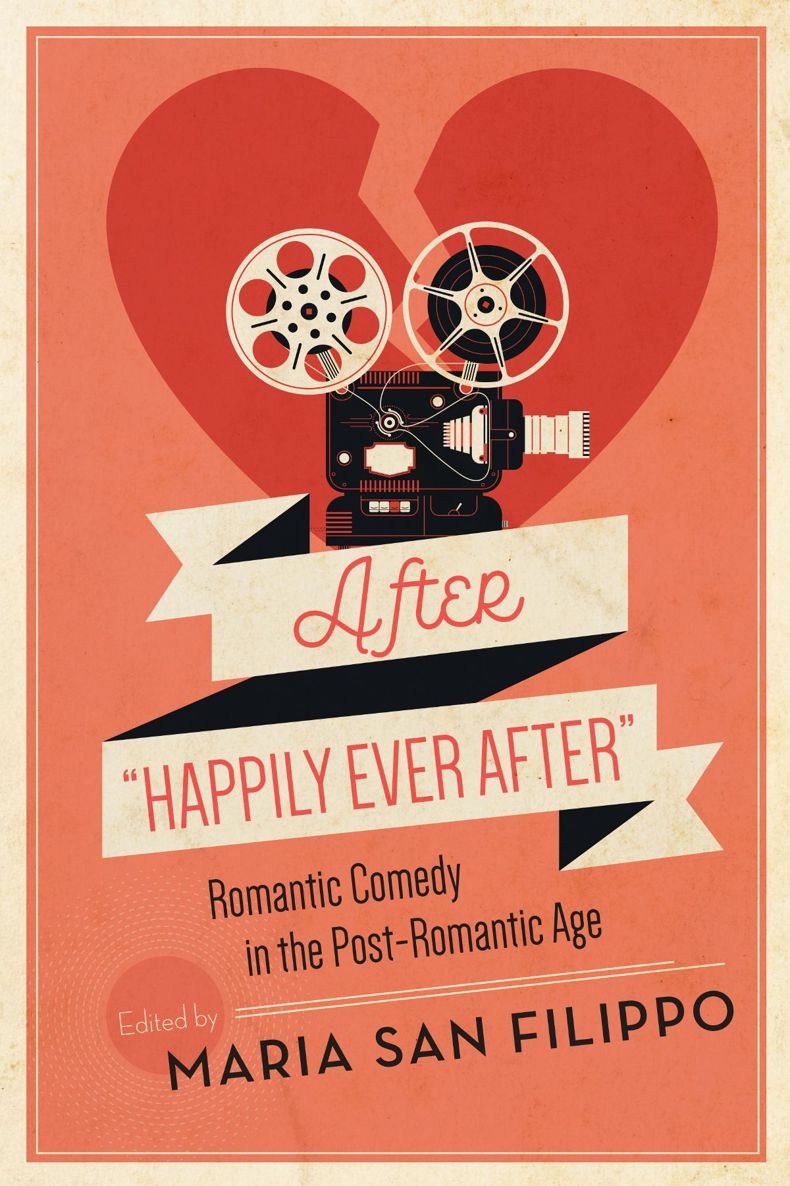Maria San Filippo - After Happily Ever After: Romantic Comedy in the Post-Romantic Age
Here you can read online Maria San Filippo - After Happily Ever After: Romantic Comedy in the Post-Romantic Age full text of the book (entire story) in english for free. Download pdf and epub, get meaning, cover and reviews about this ebook. City: Detroit, year: 2021, publisher: Wayne State University Press, genre: Art. Description of the work, (preface) as well as reviews are available. Best literature library LitArk.com created for fans of good reading and offers a wide selection of genres:
Romance novel
Science fiction
Adventure
Detective
Science
History
Home and family
Prose
Art
Politics
Computer
Non-fiction
Religion
Business
Children
Humor
Choose a favorite category and find really read worthwhile books. Enjoy immersion in the world of imagination, feel the emotions of the characters or learn something new for yourself, make an fascinating discovery.
- Book:After Happily Ever After: Romantic Comedy in the Post-Romantic Age
- Author:
- Publisher:Wayne State University Press
- Genre:
- Year:2021
- City:Detroit
- Rating:4 / 5
- Favourites:Add to favourites
- Your mark:
After Happily Ever After: Romantic Comedy in the Post-Romantic Age: summary, description and annotation
We offer to read an annotation, description, summary or preface (depends on what the author of the book "After Happily Ever After: Romantic Comedy in the Post-Romantic Age" wrote himself). If you haven't found the necessary information about the book — write in the comments, we will try to find it.
In defiance of the alleged death of romantic comedy, After Happily Ever After: Romantic Comedy in the Post-Romantic Age edited by Maria San Filippo attests to rom-coms continuing vitality in new modes and forms that reimagine and rejuvenate the genre in ideologically, artistically, and commercially innovative ways. No longer the idyllic fairy tale, todays romantic comedies ponder the realities and complexities of intimacy, fortifying the genres gift for imagining human connection through love and laughter.
It has often been observed that the rom-coms happily ever after trope enables the genre to avoid addressing the challenges of coupled life. This volumes contributors confront how recent rom-coms contend with a post-romantic age of romantic disillusionment and seismically shifting emotional and relational bonds. Fifteen chapters contemplate the resurgence of the radical romantic comedy and uncoupling comedy, new approaches in genre hybridity and serial narrative, and how recent rom-coms deal with divisive topical issues and contemporary sexual mores from reproductive politics and marriage equality to hook-up culture and technology-enabled sex. Rom-coms remain underappreciated and underexamined-and still largely defined within Hollywoods parameters of culturally normative coupling and its persistent marginalization of racial and sexual minorities. Making the case for taking romantic comedy seriously, this volume employs critical perspectives drawn from feminist, queer, postcolonial, and race studies to critique the genres homogeneity and social and sexual conservatism, recognizing innovative works inclusive of LGBTQ people, people of color, and the differently aged and abled.
Encompassing a rich range of screen media from the last decade, After Happily Ever After celebrates works that disrupt and subvert rom-com fantasy and formula so as to open audiences eyes along with our hearts. This volume is intended for all readers with an interest in film, media, and gender studies.
Maria San Filippo: author's other books
Who wrote After Happily Ever After: Romantic Comedy in the Post-Romantic Age? Find out the surname, the name of the author of the book and a list of all author's works by series.

